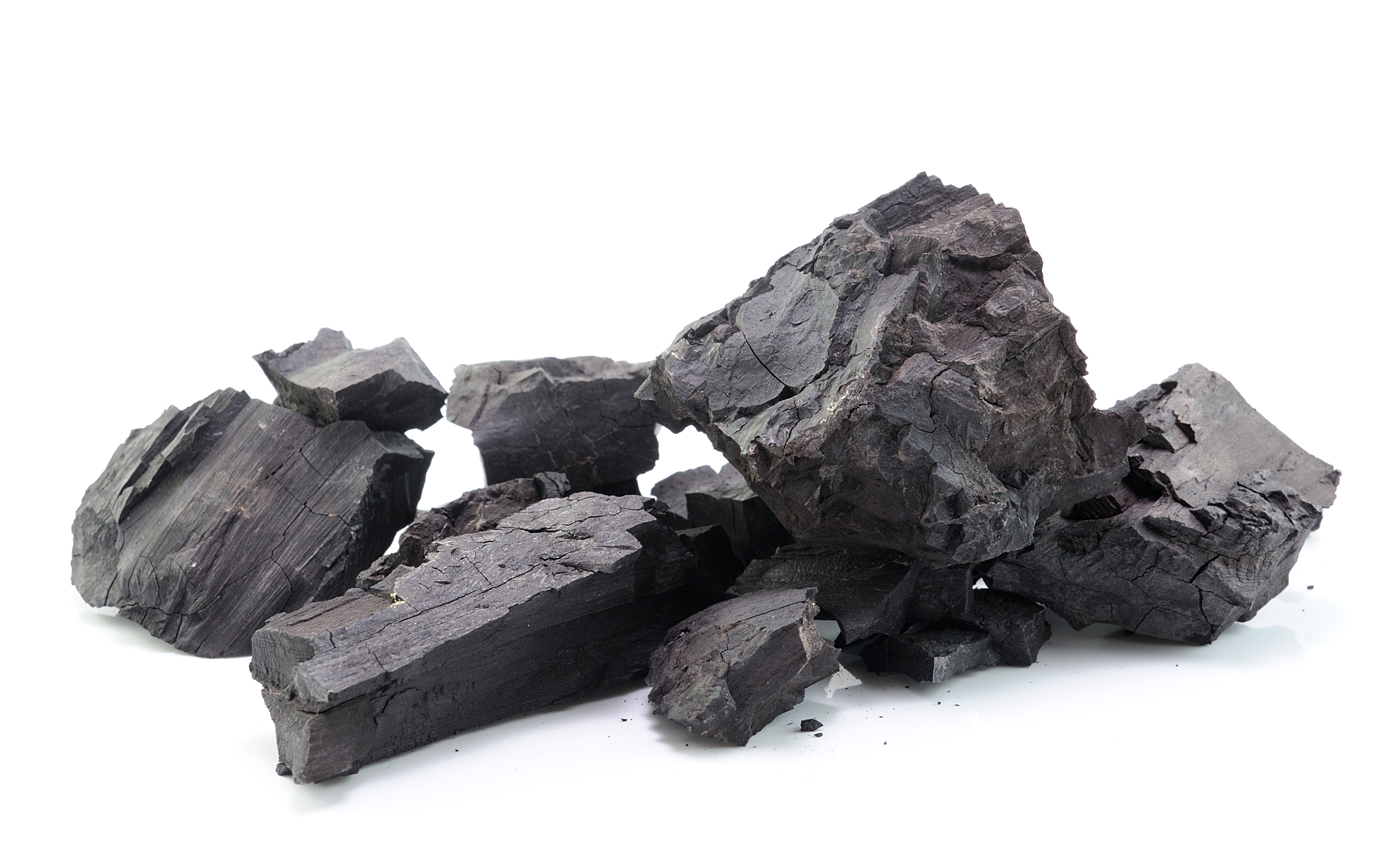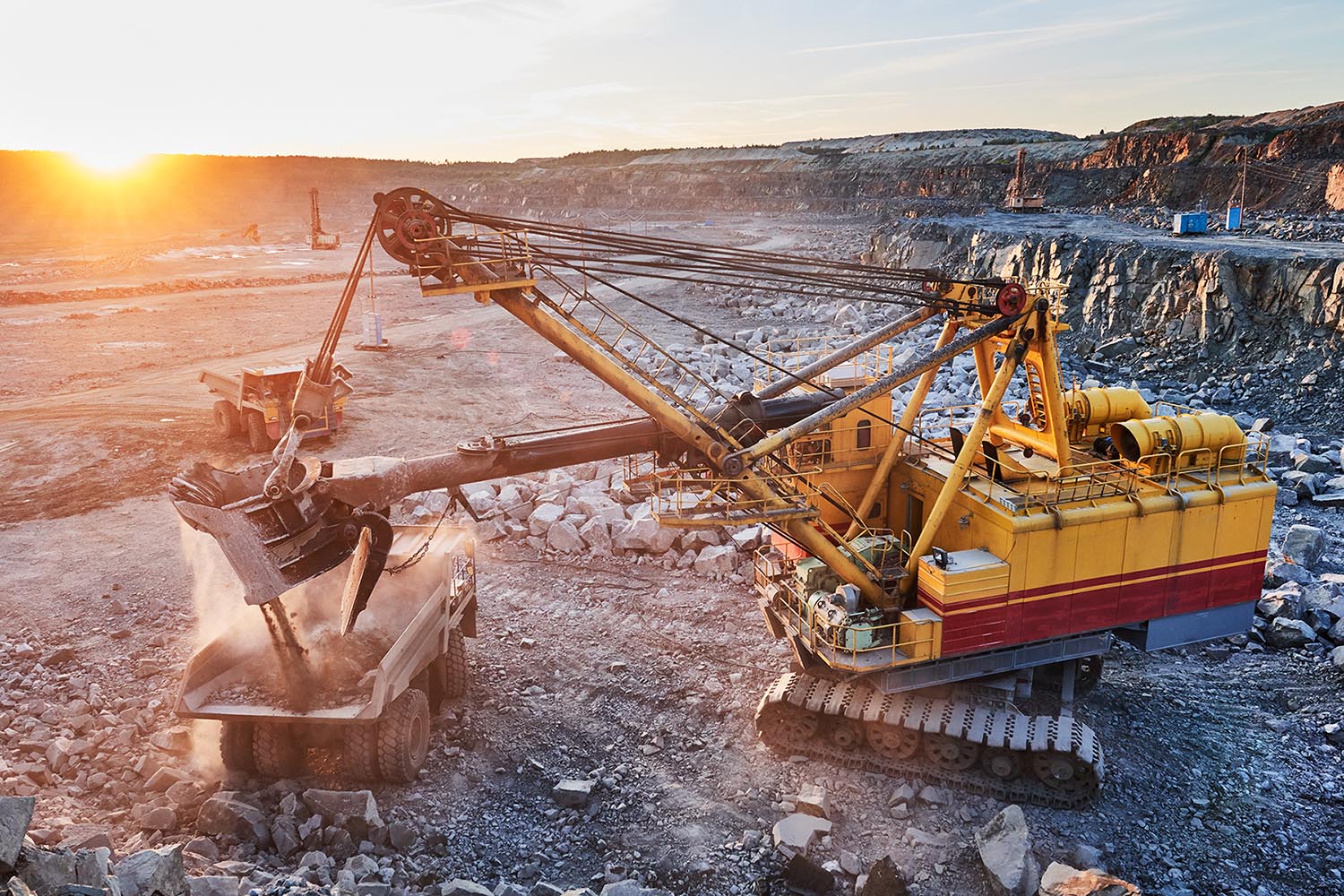Naturally Occurring Radioactive Materials (NORM) are just that: materials of natural origin that contain radioactive materials. NORM is found in rock formations, soil, and sand that come out of the Earth’s crust and mantle. This includes elements like radium, uranium, thorium, and potassium, as well as their decay products radium and radon. Many of these elements show up in concentrated areas, like uranium ore bodies, which are then mined for human use.
The Environmental Protection Agency (EPA) defines NORM as “materials that contain any of the primordial radionuclides or radioactive elements… that are undisturbed as a result of human activity.”
Cosmogenic NORM, or cosmic radiation produced by cosmic rays interacting with the Earth’s atmosphere, affects frequent flyers and those who live at higher altitudes.
Learn more about background radiation in our blog post here.
According to the IAEA, the activity concentrations of the radionuclides found in these places are generally low and not considered to be a risk to human health and safety.
Technologically Enhanced Naturally Occurring Radioactive Materials (TENORM)
Human activities such as extraction and processing can expose, disturb, or concentrate NORM. Bringing natural resources from below the ground—in a solid, liquid, gas, or sludge form—and introducing it to the surface brings up the materials that contain radionuclides. When something like this happens, NORM is classified as Technologically Enhanced Naturally Occurring Radioactive Materials or TENORM.

It can also concentrate it in some cases. For example, coal-ash, a byproduct of burning coal, contains a higher concentration of NORM than it did when it was mined from the ground. As ash only accounts for about 10% of the weight of unburned coal, the resulting NORM is 10x that of the plant’s coal fuel.
Industries that generate TENORM include:
- Mining (hard rock/metal, rare earths, uranium, copper, alumina)
- Energy (oil and gas, coal, fracking)
- Water treatment (drinking water, wastewater, fish hatcheries)
- Consumer products (fertilizer, cigarettes, granite countertops, bricks/building materials)
- Recycling
Region and geology are major factors in the amount of radioactivity and materials such processes can introduce into the environment. When these materials are exposed or concentrated because of industrial processes, humans are exposed to the ionizing radiation they give off. This can result in potential health risks including cancer.
Regulating NORM/TENORM
Radiation levels from NORM are not considered hazardous in the United States. Therefore, it is not regulated at the federal level.
TENORM is also not regulated by the federal government or the Nuclear Regulatory Commission. It is up to individual states if and how they choose to regulate generation and disposal. Currently, there are 37 Agreement States which regulate NORM within their borders. There is little consistency among different industries and countries regarding NORM. Contact your state’s radiation management branch for more information.
How to Minimize TENORM Exposure
From a radiation safety perspective, some precautions can be taken by professionals and the public to ensure minimal exposure to these radioactive materials. The level of exercised caution ultimately depends on the type of TENORM present. In general, TENORM should be handled only by individuals familiar with radiation safety practices and hazardous industrial substances. Other steps to take include:
- Implementing a radiation safety program
- Using appropriate shielding, HEPA filters, and personal protective equipment as necessary
- Minimizing time spent around TENORM
- Avoiding eating or drinking around TENORM
- Minimizing activities like cutting or grinding which can generate dust containing TENORM
- Properly disposing of TENORM-contaminated waste

